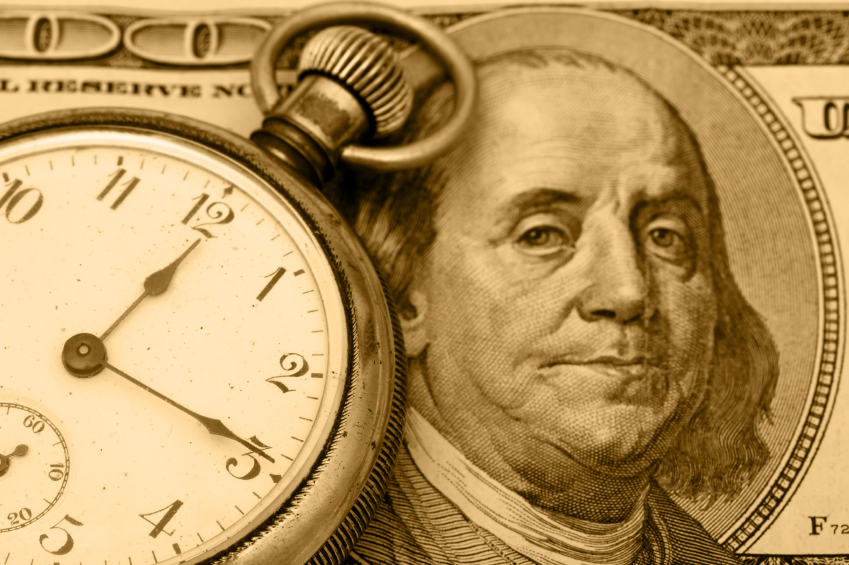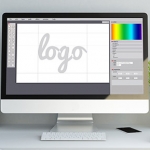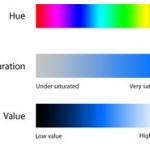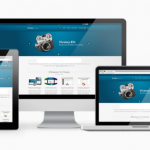7 Tips to keep your graphic design costs down
In today’s economy, no one can afford costly overruns on graphic design projects – including your website design. Keeping within the budget is a cooperative effort between you and your graphic designer. Here are a few tips to ensure that the project goes rapidly and smoothly.
1. Have all your ducks in a row: You don’t necessarily need a full-on business plan, but you do need to have a few things clear in your mind, and you do need to communicate these things to your graphic designer. At SkyHawk Studios, we have our new clients fill out a detailed, tailor-made questionnaire to make sure we fully understand their business. Here are just a few of the key things you should have clear in your mind:
• What, exactly, are you selling? Is it a tangible item, a service, or both?
• Who are you selling to? Who are your customers? Are they young people or seniors? Men or women? What is their education level? Profession? The more information you can give about your customers the better.
• What are the key benefits your customers receive from your product or service? What do people say about your company in testimonials or reviews?
• What makes your product or service different from or better than your competitors? What makes your company unique?
2. Be prepared: Missing content or materials wastes time – if the designer has to chase you up for any missing items, that adds to their time. And make sure that anything you supply to your graphic designer is in the correct format and is ready for easy use. If you are supplying ad copy, make sure it is complete, proofread, and is in a commonly used format like Microsoft Word or WordPerfect. Keep special formatting to a minimum – no double columns, for instance. If your designer has to manually retype your copy into the design or website, that adds to the time of the job. And make sure that all photographs you supply are big enough to reproduce (for guidelines on that subject, see our article, Logo and Photo Quality, How Big is Big Enough. Logos should be provided in vector format (also explained in the abovementioned article).
3. Communicate: Make sure your graphic designer understands what you are trying to achieve with this website or printed piece. Are you trying to create a good company image, generate sales leads, or directly sell to the consumer? What kind of image are you trying to create – corporate and conservative? Feminine and nurturing? Trendy and cutting-edge? If you have seen other printed pieces or websites that you like, provide your graphic designer with links and tell him or her “I’d like for it to have this sort of look.” Talk about format – if it’s a printed piece, how many pages? Do you need it to be mailable? How will it be used? If it’s a website, how many pages? Do you need shopping cart and e-commerce capabilities? Do you want a contact form? Be as detailed as possible up front.
4. Respond: Timely responses are key to keeping costs under control. The designer works best when your project is fresh in their mind. If the designer does not hear from you for days (or even weeks!), they will have to set your project aside for other work. When they get back to your project, they will have to re-familiarize themselves with the project – all wasted time and money. If you respond rapidly, the designer can keep their head in your project and work rapidly to complete it.
5. Let the designer solve the problem: After all, you hired the designer for their expertise, so don’t try to micromanage decision-making. Tell them the problem; let them work out the solution. For example, instead of saying “Make the logo half an inch bigger and move it a quarter inch to the right,” say “I feel that the logo isn’t prominent enough.” Instead of saying “I want the background to be a pattern of pale violet fleur-de-lis spaced half an inch apart,” say “I would like a regal-looking background.” See what the designer comes up with. Be open to their ideas – after all, that’s why you hired them. Trying to get a graphic designer to precisely execute your own fixed graphic design ideas can be a frustrating and time-consuming process for everyone.
6. Be decisive: If the designer sends you several ideas or options, look them over and make a decision as to which you like best and why, based on your knowledge of your business, your customers and your goals. You can state what you like or dislike about the options offered. You might say, for instance, “I like the colors in Option One, but I prefer the type in Option Two.” That’s valuable feedback for a designer. And while it is legitimate to get feedback from business partners or staff, resist the temptation to do random polling of family and friends who have little to do with your business. Trust your own judgment, and that of people closely involved in the company.
7. Be thorough: When you are sent the final printing proofs or when you view the finished website, take the time to check everything over and make sure it is correct and exactly as you want it. Double-check facts and figures and make sure they are correct. Make sure everything works to your satisfaction. If you find errors or things to be corrected, give your designer a list, in writing, of the exact corrections to be made.
What are your experiences with working efficiently with a graphic designer? If you are a graphic designer, what else have you found makes working with a client faster and more efficient?








